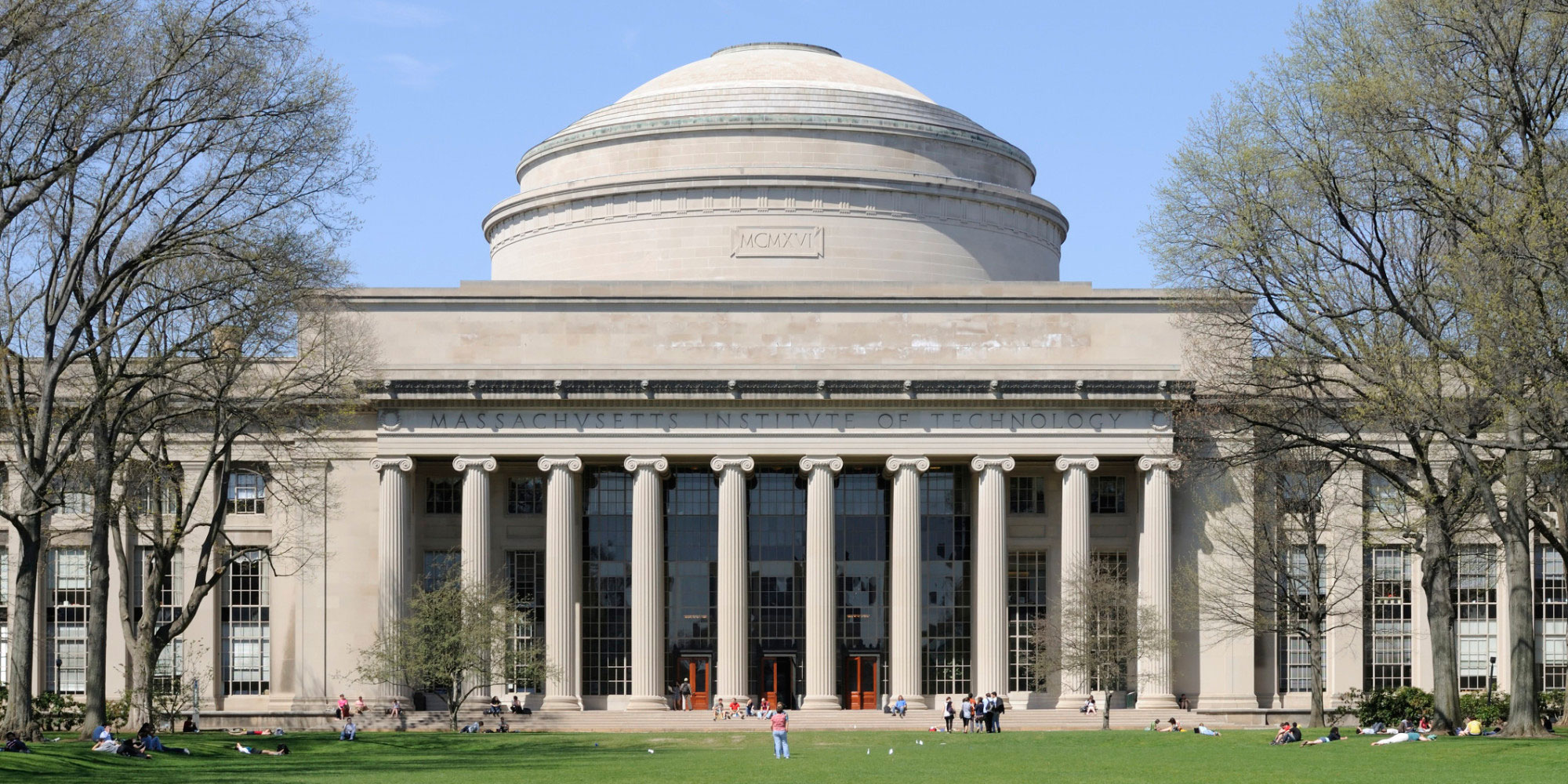Introduction
When you think about the forefront of technological innovation and scientific advancement, the Massachusetts Institute of Technology (MIT) undoubtedly comes to mind. As a beacon of learning and research, MIT has shaped the world in countless ways. But what makes MIT so special? How did it come to be a world leader in education and innovation?
Founding and Early History
MIT was founded in 1861 by William Barton Rogers, a visionary who believed in a new form of education that would combine rigorous academic study with practical applications. The initial vision was to foster a community where learning and discovery went hand in hand, and this philosophy has driven MIT’s approach ever since.
In its early years, MIT faced significant challenges, including financial difficulties and competition with other institutions. However, it quickly distinguished itself by emphasizing laboratory instruction in applied science and engineering—an innovative approach at the time.
Campus and Facilities
Located in Cambridge, Massachusetts, just across the Charles River from Boston, MIT’s campus is a vibrant hub of activity. The campus features a mix of modern and historic buildings, with iconic structures like the Great Dome and the Stata Center designed by Frank Gehry.
MIT’s facilities are state-of-the-art, reflecting its commitment to providing a top-notch environment for learning and research. From cutting-edge laboratories to expansive libraries, every corner of MIT’s campus is designed to inspire and facilitate innovation.
Academic Excellence
Massachusetts Institute of Technology academic programs are among the best in the world. The institute offers a wide range of undergraduate and graduate programs, with particular strengths in engineering, computer science, and the physical sciences. Departments like Electrical Engineering and Computer Science (EECS), Mechanical Engineering, and the Sloan School of Management are consistently ranked at the top globally.
Research at MIT is not just about pushing the boundaries of knowledge but also about having a tangible impact on the world. From pioneering work in artificial intelligence to groundbreaking discoveries in quantum computing, MIT’s research initiatives are both diverse and influential.
Admissions and Enrollment
Getting into MIT is no small feat. The admissions process is highly competitive, with only a small percentage of applicants gaining admission each year. MIT looks for students who excel academically, but also those who have a passion for discovery and a desire to solve real-world problems.
Diversity and inclusion are also core values at MIT. The institute is committed to creating a welcoming environment for students from all backgrounds, and its student body is one of the most diverse in the country.
Notable Faculty and Alumni
MIT’s faculty includes some of the most distinguished scholars and researchers in the world. Faculty members like Eric Lander, co-chair of the President’s Council of Advisors on Science and Technology, and Nobel laureates like Phillip Sharp have made significant contributions to their fields.
The alumni network is equally impressive. Notable MIT alumni include Kofi Annan, former Secretary-General of the United Nations; astronaut Buzz Aldrin; and Vannevar Bush, a pioneer in engineering and computing. The legacy of MIT’s alumni is a testament to the institute’s impact on global leadership and innovation.
Research and Innovation
Massachusetts Institute of Technology’s research capabilities are unmatched. The institute is home to numerous research centers and laboratories that explore a wide array of fields, from nanotechnology to energy policy. Key research areas include artificial intelligence, climate change, and sustainable development.
Some of MIT’s most significant breakthroughs include the development of radar technology during World War II, the creation of the first computer-readable fonts, and advancements in genetic engineering. These achievements underscore MIT’s role as a leader in scientific and technological innovation.
Entrepreneurship and Startups
MIT is renowned for its entrepreneurial spirit. The institute provides extensive support for students and alumni looking to start their own companies, including access to venture funding, mentorship programs, and startup incubators.
Many successful companies have been founded by MIT alumni, including Bose Corporation, Intel, and Dropbox. The entrepreneurial ecosystem at MIT nurtures the next generation of innovators, helping them turn their ideas into impactful businesses.
Collaborations and Partnerships
Collaboration is at the heart of MIT’s success. The institute partners with leading companies, government agencies, and other universities to tackle complex global challenges. These partnerships enable MIT to leverage diverse perspectives and resources to advance research and innovation.
Notable collaborations include the MIT-IBM Watson AI Lab, which focuses on advancing the field of artificial intelligence, and the Tata Center for Technology and Design, which addresses critical issues in energy, health, and agriculture.
Financial Aid and Scholarships
Understanding the importance of affordability, MIT offers robust financial aid programs to ensure that students from all backgrounds can access its education. Approximately 60% of undergraduates receive need-based financial aid, and the institute meets the full demonstrated need of all admitted students.
Scholarships and grants are available to support students, reducing the burden of tuition and other expenses. MIT’s commitment to affordability ensures that financial barriers do not stand in the way of talented students reaching their full potential.
Technological Advancements and Digital Learning
Massachusetts Institute of Technology is a pioneer in digital education. Its MIT OpenCourseWare initiative offers free online access to course materials from thousands of MIT classes, making high-quality education accessible to learners worldwide.
The institute also leads the way in the development of new educational technologies. Through initiatives like edX, a massive open online course (MOOC) platform co-founded by MIT, the institute is transforming the landscape of digital learning and expanding educational opportunities globally.
Conclusion:
MIT’s legacy as a world leader in education, research, and innovation is unparalleled. From its early days to its current status as a global powerhouse, MIT has consistently pushed the boundaries of what is possible. As it looks to the future, MIT remains committed to its mission of advancing knowledge and addressing the world’s most pressing challenges.
